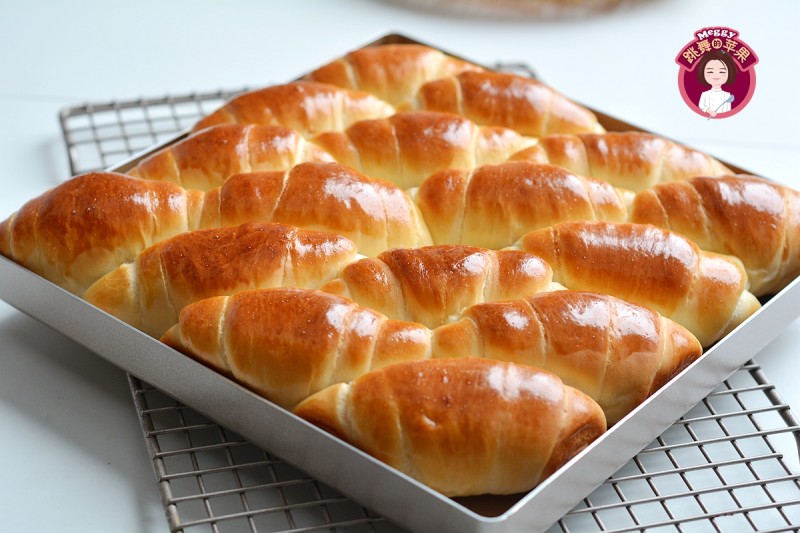
Main ingredients:
High-gluten flour: 340g; Milk: 200g; Granulated sugar: 50g; Butter: 40g.
Auxiliary materials:
Salt: 5g; Dry yeast: 3g; Egg wash: appropriate amount.
Polish starter ingredients:
High-gluten flour: 100g; Yeast: 1g; Cold water: 100g.
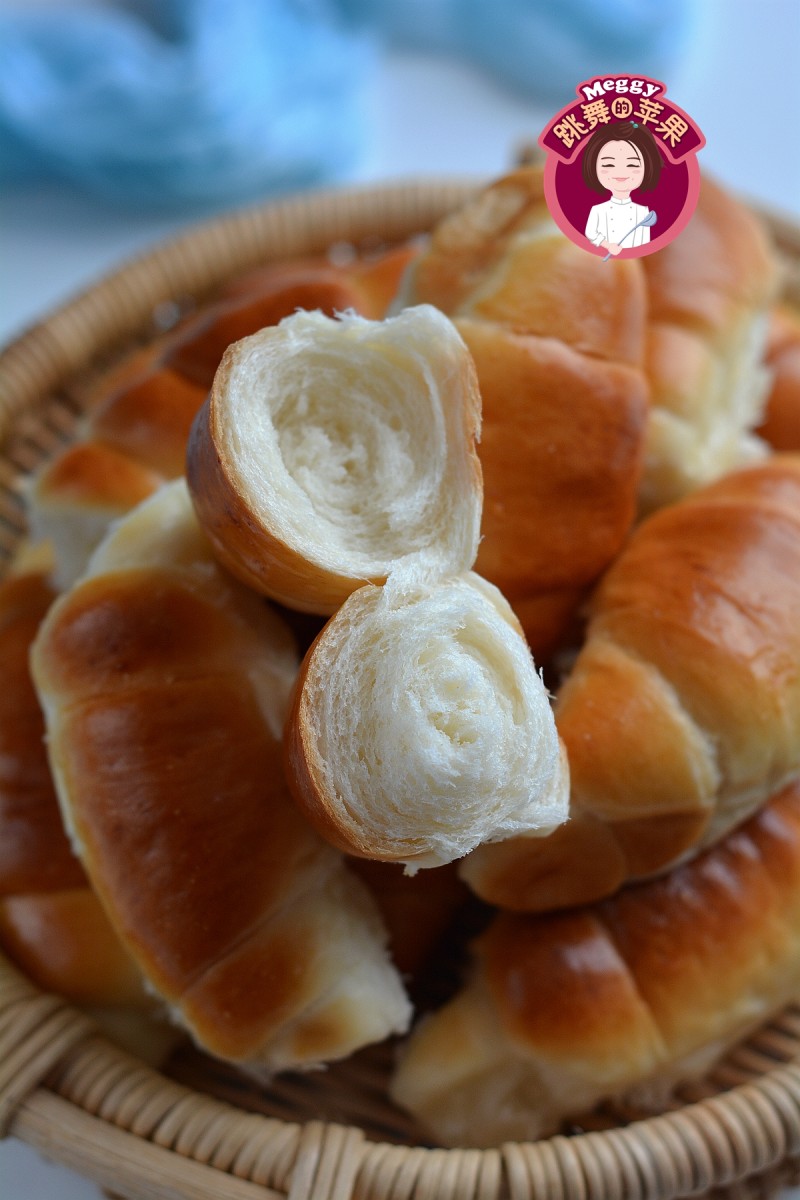

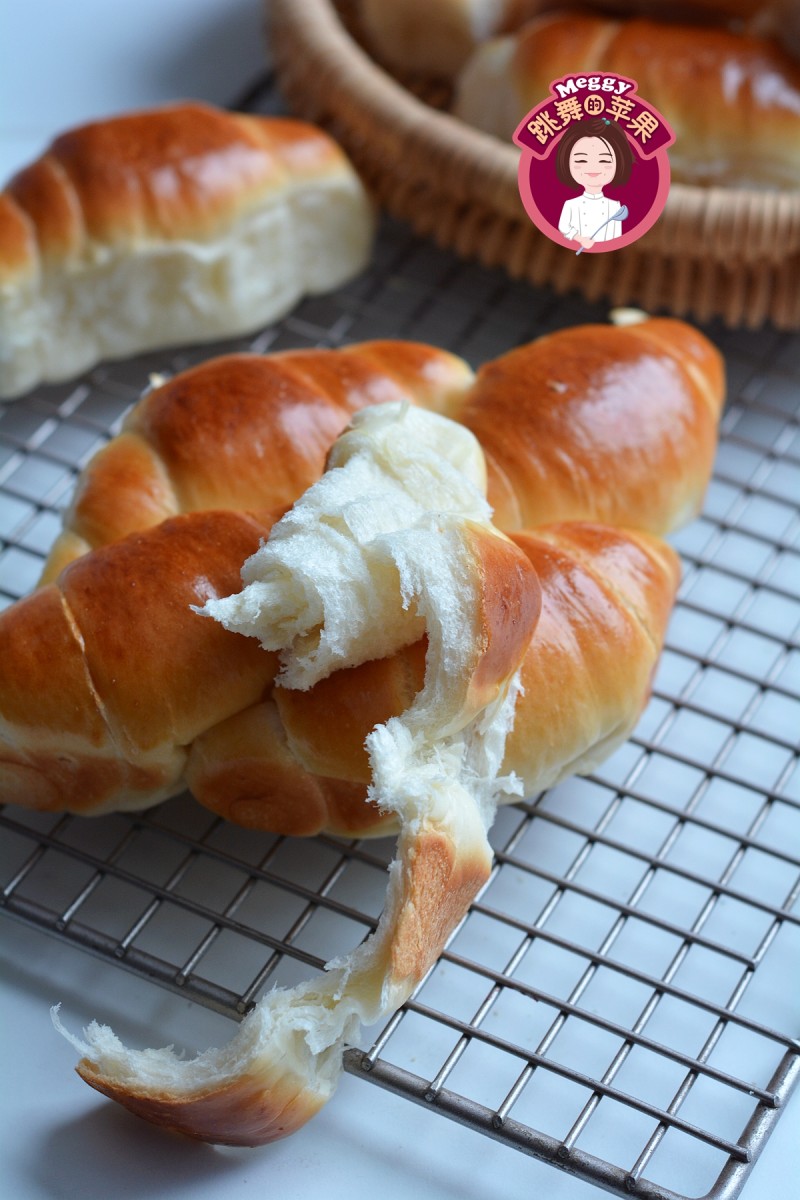
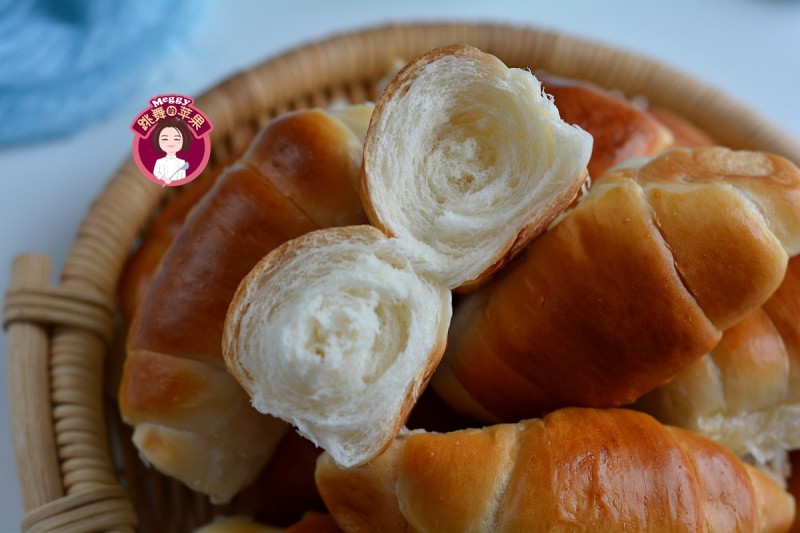
Taste: Light; Process: Baking; Time-consuming: Several hours; Difficulty: Moderate.
Steps for making Polish Croissant Bread
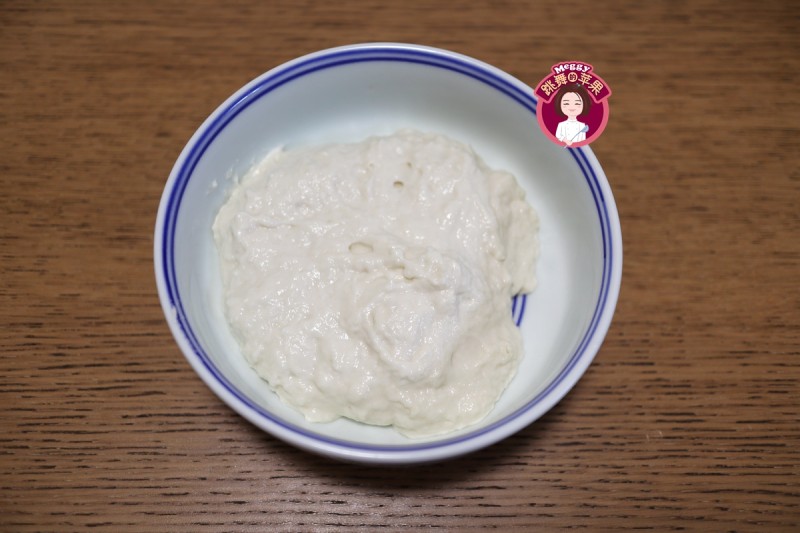
Make a Polish starter in advance: 100g high-gluten flour, 100g cold water, 1g yeast, mix into a dough and let it ferment at room temperature for 30 minutes; the Polish starter can be made the night before, covered with plastic wrap and refrigerated in the refrigerator for fermentation, which saves the fermentation time on the second day; if used on the same day, it can be fermented at room temperature or in a fermentation box.
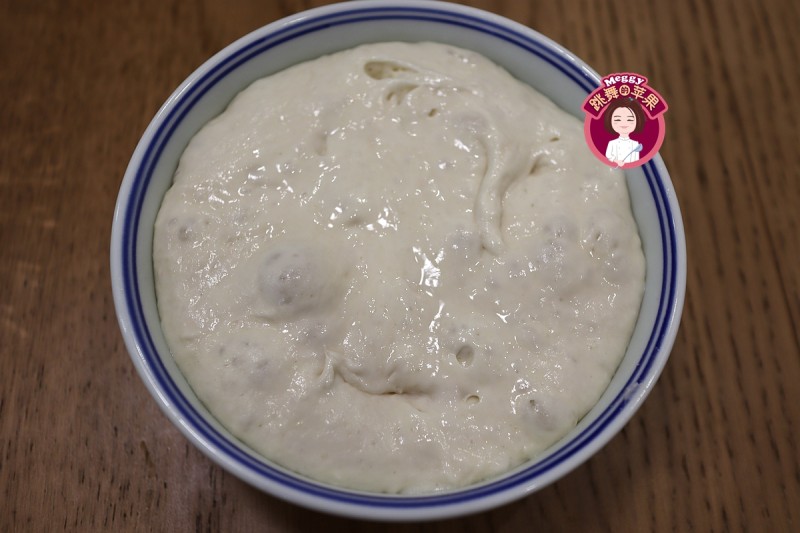
When the surface of the dough has bubbles of different sizes, the fermentation is complete; this is different from the Tangzhong dough, which cannot be judged by the size of the dough, but by the state of the bubbles.
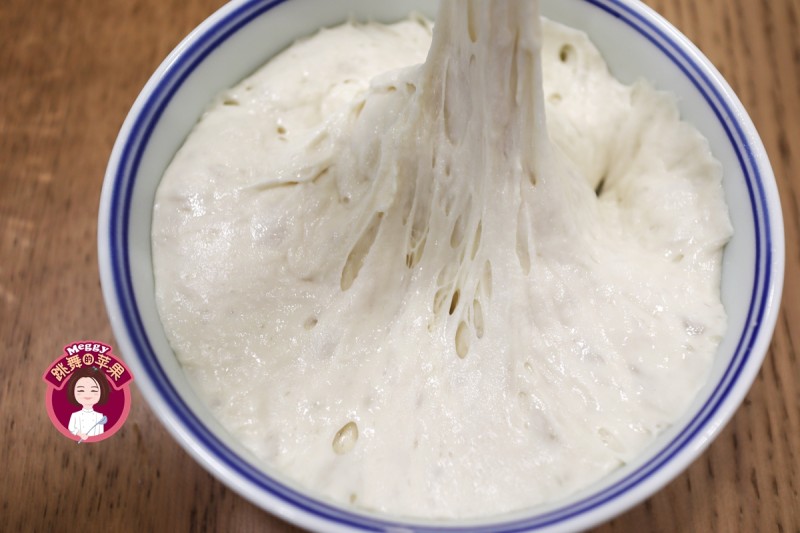
Scoop up the dough with a spoon, and you can see that the gluten of the dough is very strong, and there are many large and small air holes, which have a pleasant fermentation smell.

Prepare all the ingredients for the bread: Polish starter, 340g high-gluten flour, 200g milk, 50g granulated sugar, 5g salt, 3g dry yeast, and 40g butter; because the water absorption of the flour is different, some cold water is also prepared, but it is not actually used.

Put the Polish starter and all ingredients except butter into a mixing bowl.
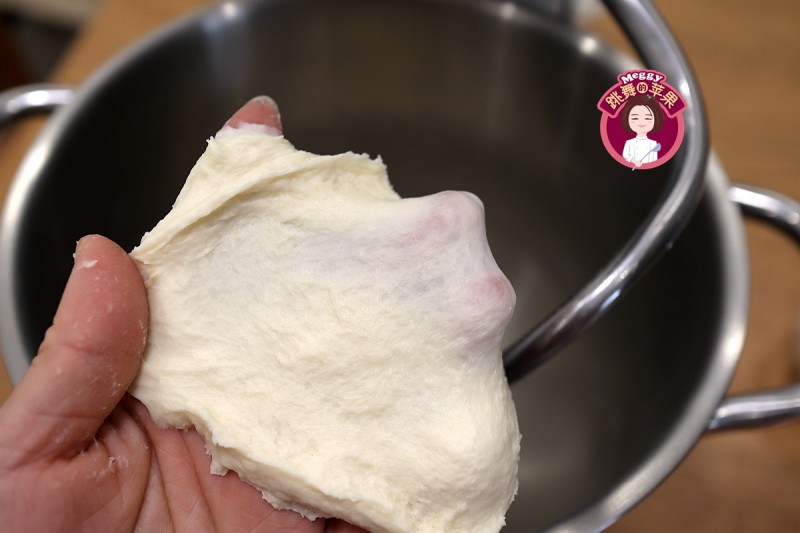
I used a Cheftronic stand mixer to mix all the ingredients into a dough on the first speed, and it took about 6 minutes to pull out this kind of rough film.
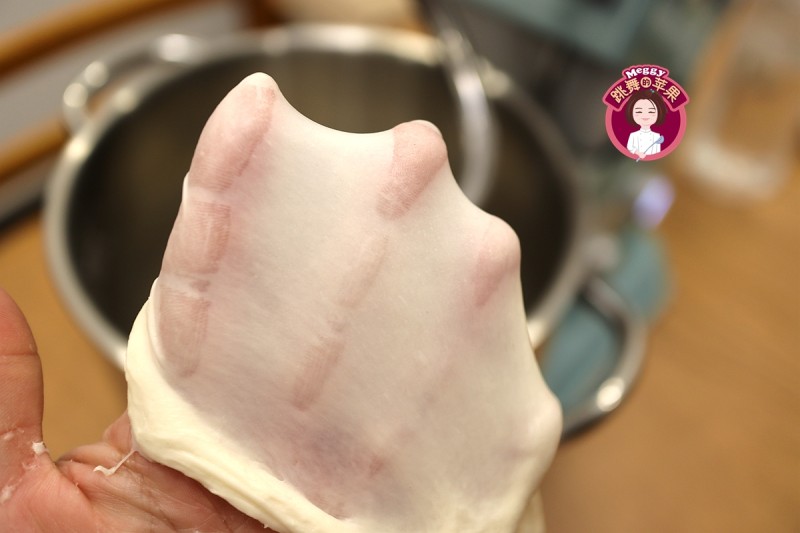
Pour the butter onto the dough, first use the first speed to completely knead the butter into the dough, and then switch to the third speed to knead the dough until it is soft, delicate, and shiny, and the dough does not stick to the bowl; pinch a piece of dough, and it can stretch out an elastic and transparent film on the hand.
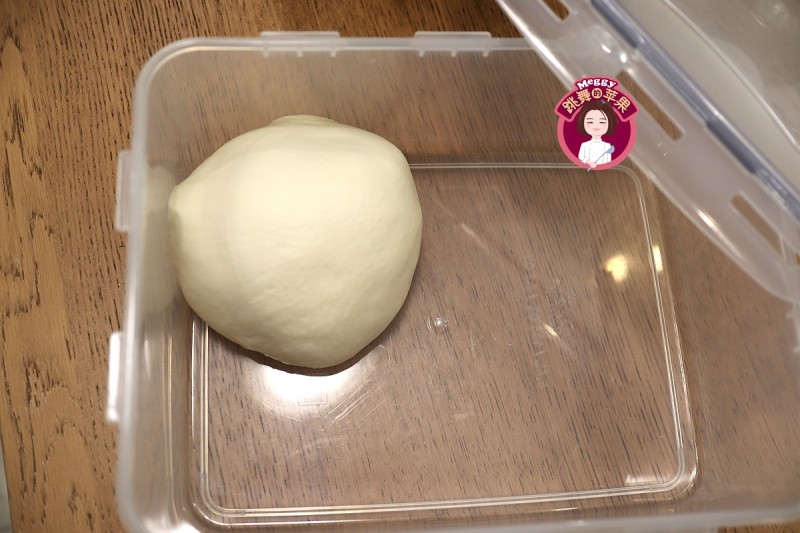
Round the dough, put it in a fermentation box; this is a large covered container for storing food, or other deep containers can be used.

Let the dough ferment in a warm and humid place for basic fermentation; I used a Caso 40-liter fermentation box, the temperature is 28 degrees, the humidity is 65, and the time is about 2 hours, depending on the state of the dough.

When the dough has doubled in size, dip your finger in flour and poke a hole in the top of the dough. If it does not collapse or shrink, the fermentation is successful.

Pour the dough onto the cutting board without sprinkling flour, gently pat and deflate, weigh and divide into 16 equal parts, knead each part into a round shape for 10 minutes, and then roll the dough into a water droplet shape in the order of kneading. Relax for about 15 minutes under plastic wrap; when you press the dough with your finger, it won’t bounce back, which means it’s relaxed enough.
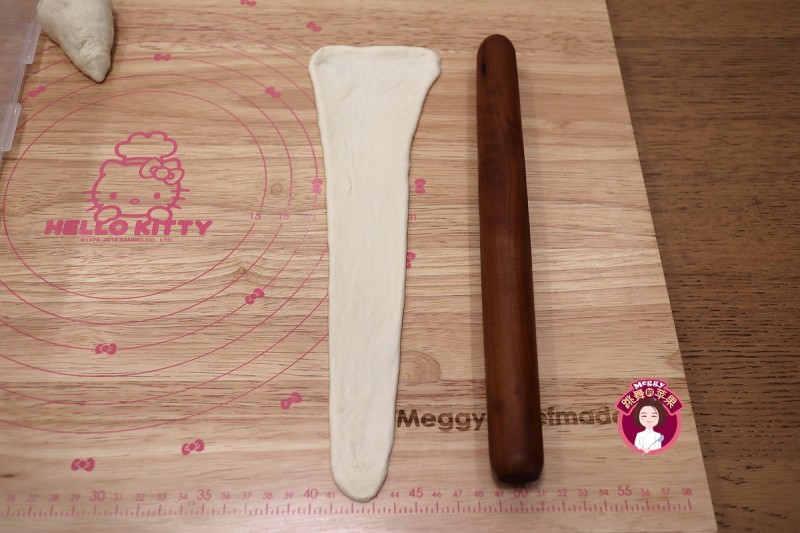
Take a water droplet-shaped dough, with the smooth side up, roll it into a triangle about 30cm long, then flip it over and roll it into a triangle about 30cm long again.
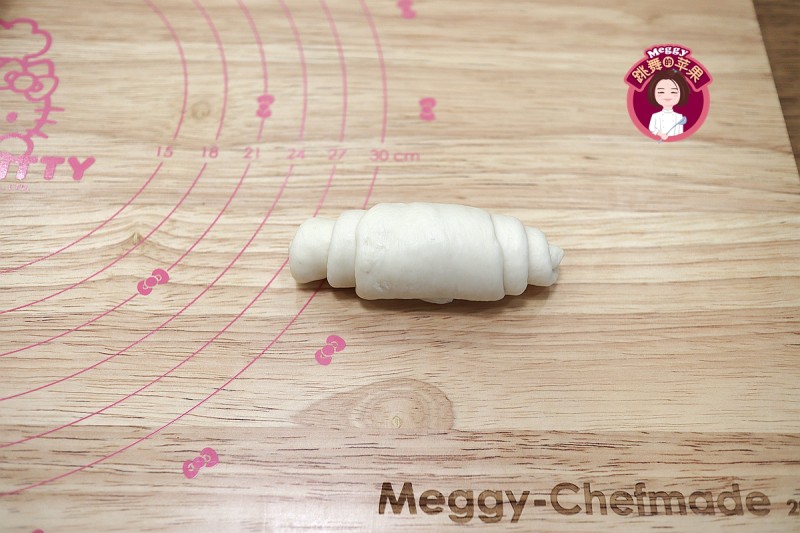
Roll it smoothly from the wide end to the tip, and press the tail end under the roll.

Roll all 16 pieces of dough into rolls one by one, and place them in a 28*28cm non-stick baking pan in the same direction (did you notice that I placed 3 rolls in the wrong direction?).
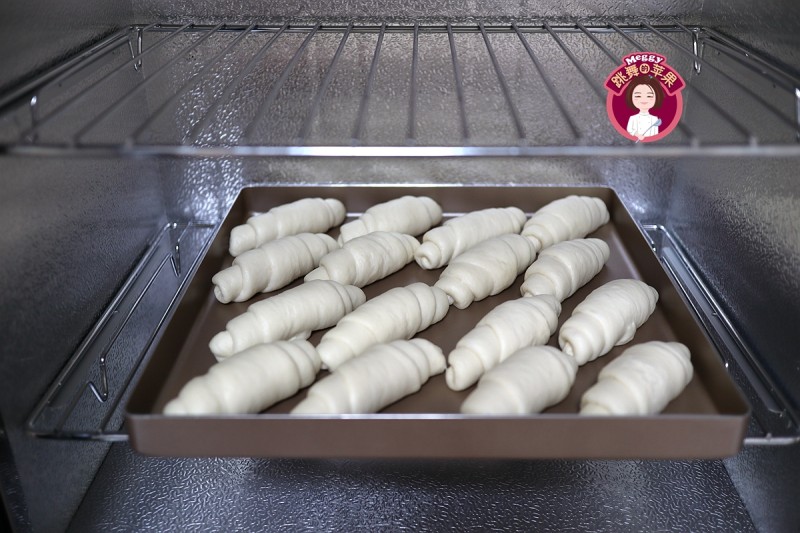
Let the raw dough ferment for the second time in a warm and humid place. I put it in a fermentation box with a temperature of 32 degrees, a humidity of 70, and a time of about 30 minutes. It can also be placed in an oven with a bowl of hot water and fermented with the fermentation function.
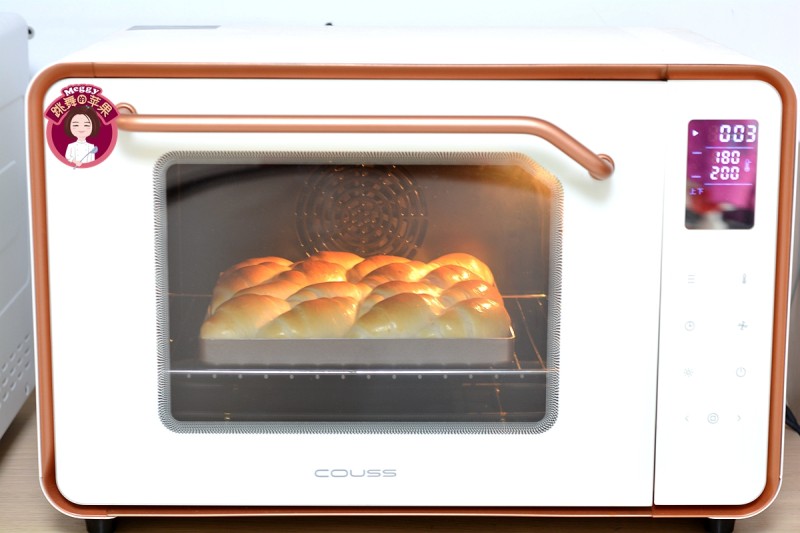
When the raw dough has expanded to 1.5-2 times its original size, brush the surface with egg wash; after preheating the oven to 200 degrees, put the raw dough on the lower layer of the oven, with upper heat at 180 degrees and lower heat at 200 degrees, for about 20 minutes, adjust according to the actual situation of the oven.
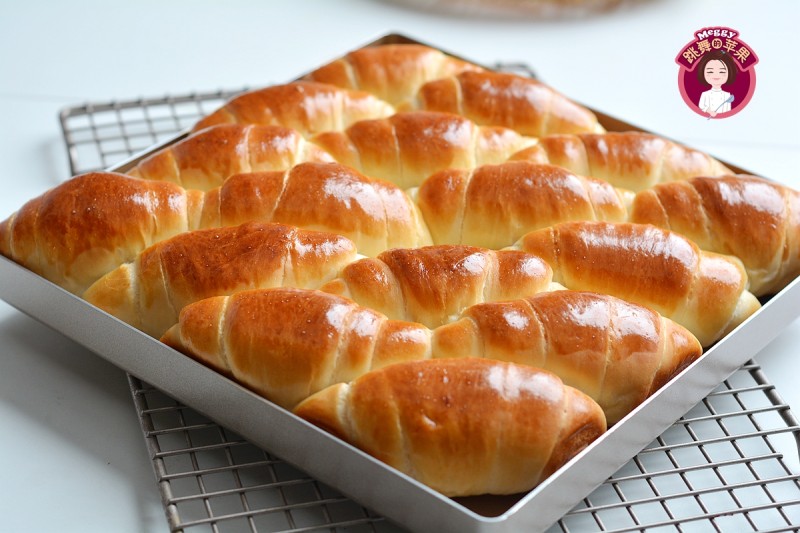
Remove from the oven immediately after baking, and remove from the mold when it cools to hand temperature. It can be stored in a bag and eaten directly or used as a burger bun.



Leave a Reply